Campus
- Downtown Toronto (St. George)
Areas of Interest
The lone site of reactivity in an archetypical phosphine (organophosphorus compound) is the phosphorus atom which acts as a Lewis base in donating a lone pair of electrons to Lewis acids. Such compounds are used extensively as ligands in transition metal-mediated organic synthesis
Our recent research has focused on the creation of new phosphines that possess secondary sites of reactivity which can be employed to easily modify the molecule's characteristics or engage the molecule in auxiliary interactions. In these compounds, the P atom is bound alpha to the nitrogen centre of one or more 3-methylindole rings. The NH moieties, the sites of this further reactivity, lie in close proximity to the P atom.
Substitution at the nitrogen centre permits the subtle 'tuning' of the steric and electronic profile of the phosphine. For example, the introduction of an electron-withdrawing group at the nitrogen centre reduces the Lewis basicity of the neighbouring phosphorus atom while chiral phosphines are created through the introduction of groups containing stereocentres.
Alternatively, the NH groups interact with H-bond accepting anions or, upon deprotonation, serve as further sites for the binding of additional Lewis acids, transforming the phosphines into.anionic heteropolydentate ligands.
I am also very interested in current issues in post-secondary science education. Among these are best practice in science instruction - particularly as it relates to the role of technology in learning and teaching - and the involvement of undergraduates in meaningful, current scientific research. At the intersection of these domains, I'm working with undergraduate students using higher-level methods in computational chemistry to better understand molecular processes in both the biochemical and chemical realms. We're currently examining the reactions of small exogenously and endogenously-generated radical species with biomolecules and the descriptions of organometallic reactions in frontier molecular orbital terms.


